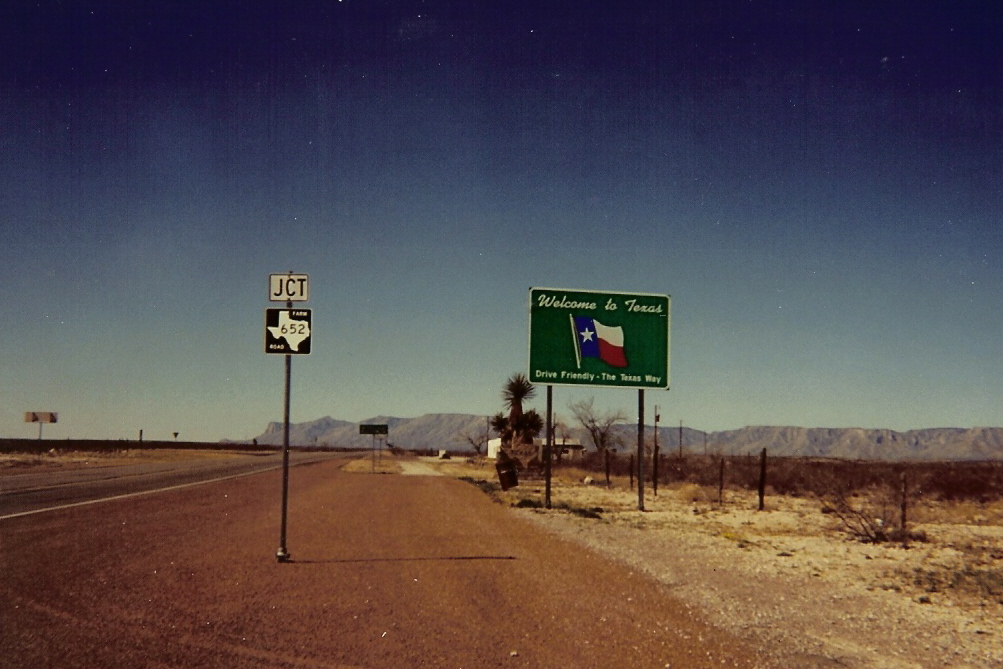
By: Samantha Lewis
Immigration officials expect a surge of approximately 70,000 unaccompanied children to cross the border into the United States this year. The notorious method of entry is through the Rio Grande Valley area. The illegal immigrants’ primary home countries include Honduras, El Salvador, and Guatemala. On June 2, 2014, President Barack Obama described this surge as an “urgent humanitarian situation,” and requested Congress to provide an extra $1.4 billion in federal funding to house, feed, and transport the children to shelters or reunite them with relatives already living in the United States. As of July 9, Obama increased this monetary request to $3.7 billion. As these children, some as young as four and five years old, are apprehended and wait to be processed, border patrol has been forced to hold them in warehouses near the physical border behind chicken-wire fences. The conditions at these warehouses are extremely severe. Half of Obama’s requested funding would be allocated to the Department of Health and Human Services to provide care, including additional beds. The rest would be split between several departments, including $1.6 billion to the Department of Homeland Security and Justice to boost enforcement at the border and increase the capacity of the judicial system that is currently processing these minors.
Despite relatively positive reports from the Department of Health and Human Services, the environments at these holding facilities are becoming breeding grounds for diseases. At least a half dozen anonymous sources, including nurses and healthcare providers at one of the camps allege that the government is concealing a very serious health threat. One child was recently hospitalized after being diagnosed with H1N1, also known as swine flu. Further, border patrol agents have witnessed children with tuberculosis, HIV, chicken pox, and scabies. These diseases have spread to both neighboring immigrants and United States border patrol agents. Furthermore, some of the children are MS-13 gang members who are involved in violent cartel and criminal activity. Additionally, some of the older illegal immigrants that are being housed with the children have warrants for murders or prior convictions and relationships to violent drug cartels. According to the Department of Homeland Security, the surge is becoming so extreme that officials have instructed agents to release immigrants at bus stations with vague instructions referencing a future court date.
This crisis has sparked intense debate in Washington over the Administration’s current policies related to border enforcement and immigration as a whole. Many of the recent migrants appear to have taken the journey to the United States with the notion that they would receive “permits” to remain in the United States once across the border. According to Ted Cruz, “The parents think, ‘If I send my child [to the U.S.], my child will have amnesty.’” Cecilia Muñoz, White House director of domestic policy, told reporters that smugglers of the illegal immigrants have been spreading this misinformation to accelerate business. Furthermore, a leaked border agency memo based on interviews with 230 women and children apprehended in the Rio Grande Valley concluded that they had crossed the border with the sole expectation of being allowed to stay.
Under a 2002 human trafficking law signed by former President George W. Bush, and reauthorized again in 2008, unaccompanied children from Mexico that are apprehended on the border are immediately deported, but unaccompanied children from El Salvador, Honduras, and Guatemala must undergo a deportation process since the law ensures that the United States will not send children back to a dangerous situation. As a result, these children cannot simply be referred to the court for deportation, but rather, be transferred to social services prior to trial. And from social services, most of the undocumented children will be reunited with family already in the United States, and thus, evade potential deportation.
Aside from the obvious humanitarian crisis, the influx of these illegal immigrants presents a significant burden to the average American taxpayer. But, most of the effects may not be immediately visible. However, numerous small towns that directly border Mexico are witnessing an immediate, detrimental impact. Crime is increasing rapidly in these towns, specifically drug-related and violent crimes. Further, there has been a sudden increase of illegals invading and raiding homes. Yet, these small town Americans are receiving no financial assistance from the federal government. As a result, these small towns are footing the bill on autopsies of dead illegal aliens, paperwork, death certificates, and resistance to this increased crime, thus forcing these local governments into enormous amounts of debt. According to Lt. Gov. David Dewhurst of Texas, “The federal government has abdicated its responsibility to secure the border and protect this country from the consequences of illegal immigration.”
Overall, if the current administration does not take further steps towards more stringent immigration reform, this current influx will only continue to expand and present an enormous burden to the already strained border patrol and to the American taxpayer. In my opinion, the United States should work with the represented countries to develop a collaborative solution to suppress traffickers that spread misinformation, coordinate a proper, more efficient deportation process, and increase patrols along the route to the border.